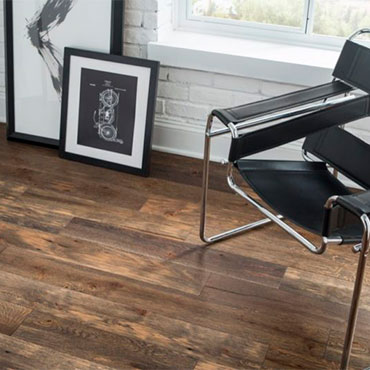Antique Wood Flooring

The Timeless Charm of Antique Hardwood Flooring in Modern Interior Design
In the dynamic realm of interior design, the allure of antique hardwood flooring remains undiminished. Its rich history and unique character bring a sense of timelessness and warmth to modern spaces, harmoniously blending the old with the new. As we explore the significance of antique wood in contemporary settings, we delve into its types, versatility, durability, and sustainability, offering valuable insights for interior designers, decorators, and design consultants.
Types of Antique Wood Flooring
Antique wood flooring is often categorized by the type of wood and its historical era. The most popular types include oak, pine, walnut, and cherry. Reclaimed wood from old barns, factories, and warehouses is also highly sought after, as it often features rare grain patterns and a patina developed over decades or even centuries.
- Oak: Known for its durability and beautiful grain, antique oak flooring comes from old buildings and provides a robust and elegant foundation.
- Pine: Antique pine floors, usually softer than oak, offer a warm, honey-colored hue and are often chosen for their rustic appeal.
- Walnut and Cherry: These woods are prized for their rich, deep colors and are often used in more formal settings.
Versatility and Durability
Antique
hardwood floors offer an unparalleled versatility. They can seamlessly integrate into a variety of design themes, from rustic to contemporary. These floors can also be refurbished or re-stained to suit evolving trends and personal tastes, making them a flexible choice for designers.
Durability is another hallmark of antique wood flooring. The wood has already stood the test of time, often becoming harder and more stable than new wood. This resilience makes antique hardwood an excellent long-term investment for both residential and commercial spaces.
Sustainability and Environmental Impact
In an age where sustainability is a growing concern, antique hardwood floors are a green choice. Reusing wood reduces the demand for new timber, thus conserving forests and decreasing carbon emissions associated with new wood production. Moreover, the character and story behind each reclaimed plank add an eco-friendly narrative to design projects.
Enhancing Exterior Spaces
While commonly associated with interior design, antique hardwood flooring can also enhance exterior spaces. When properly treated and maintained, certain types of antique wood can be used for outdoor decks,
patios, and garden
walkways, adding a unique and sophisticated touch to outdoor living areas.
Selecting the Ideal Antique Wood Flooring
For professionals in the field, choosing the right antique wood flooring involves considering the project’s overall aesthetic, the specific characteristics of the wood, and the client's lifestyle. Here are some tips:
- Assess the Space: Consider the size, lighting, and existing decor of the space. Darker woods like walnut can add drama and contrast, while lighter woods like pine can make a room feel more open and airy.
- Understand the Wood’s History: Each type of antique wood comes with its own story. Understanding where the wood came from can add an extra layer of meaning to the design.
- Consider the Lifestyle: High-traffic areas may benefit from harder woods like oak, while more decorative, less frequented areas can use softer woods.
Recent Trends and Innovations
The world of antique hardwood flooring is not static; it's evolving with trends and innovations. Recently, there's been a growing interest in mixing different types of wood within a single space, creating a patchwork of textures and colors. Also, the use of wider planks has gained popularity, giving rooms a more open and rustic feel.
Innovative treatments and finishes are also transforming the way antique wood is used. Techniques like fuming or smoking wood enhance its natural color and grain, while eco-friendly varnishes and oils protect the wood without compromising its antique charm.
Conclusion
Antique hardwood flooring is a testament to the beauty of preserving and repurposing materials from the past. Its versatility, durability, and sustainability make it an ideal choice for modern interior and exterior designs. By understanding the types of antique wood, recent trends, and how to select the right flooring, professionals in the design field can create spaces that are both timeless and contemporary, imbued with a story and character that only antique wood can provide. As we continue to embrace the past in our modern designs, antique hardwood flooring stands as a bridge between the eras, offering a unique and enduring beauty.
Disclaimer: The information provided in this article is for general informational purposes only. While we strive to ensure the accuracy and reliability of the information presented, we make no warranties, express or implied, about the completeness, accuracy, reliability, suitability, or availability with respect to the content. Any reliance you place on such information is strictly at your own risk. We recommend consulting with professionals for specific advice tailored to your project’s needs, particularly regarding building codes, regulations, and product specifications.
Under no circumstances shall we be liable for any loss or damage, including without limitation, indirect or consequential loss or damage, arising from the use of, or reliance on, the information provided in this article.




